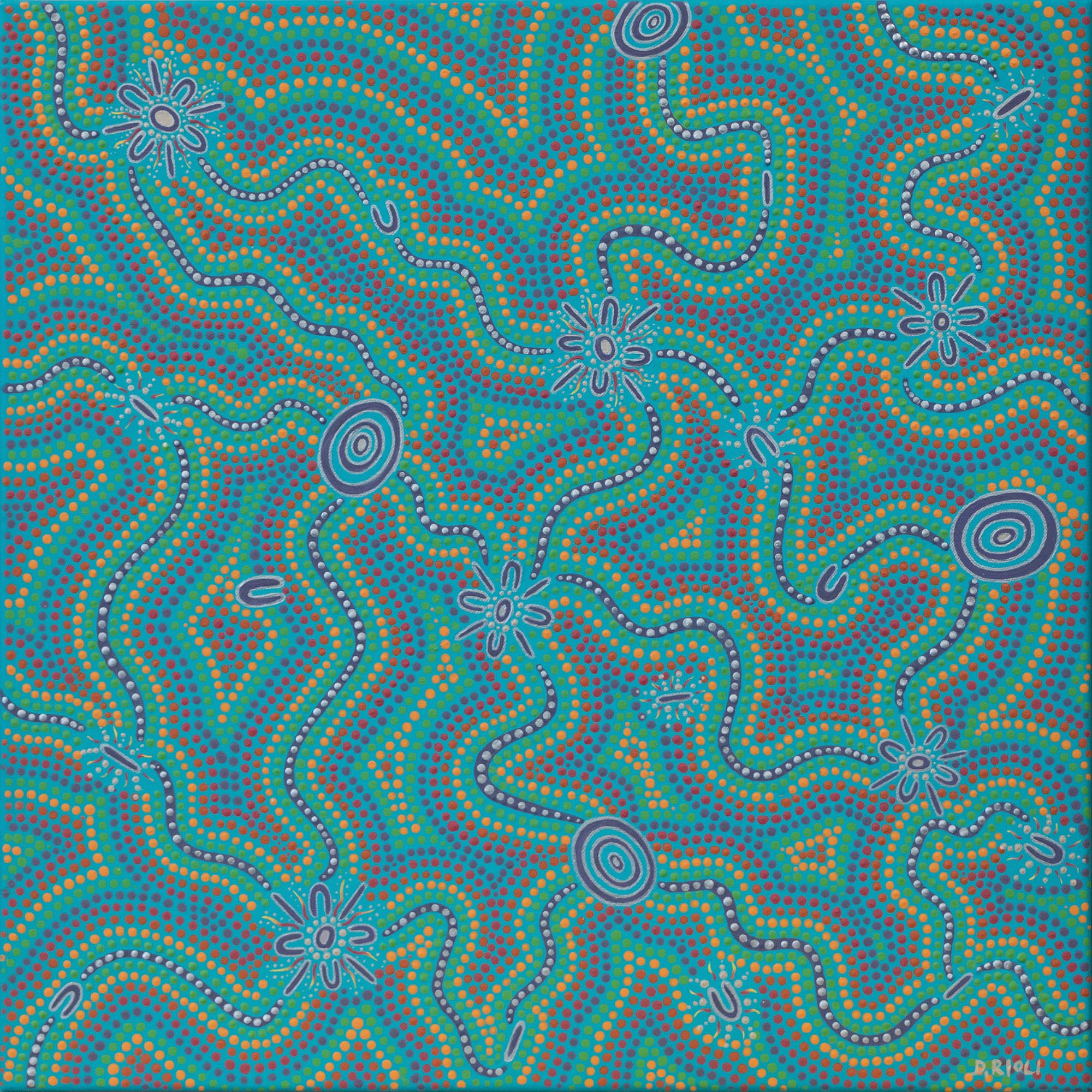Grief, loss and trauma
An understanding of historical trauma and loss is one of the guiding principles that underpins the current framework for the social and emotional wellbeing of Aboriginal and Torres Strait Islander people [1].
Grief and loss
Grief describes how a person feels after the loss of someone or something that is very important to them, including a person, language, culture, Country or traditions [2][3]. The grief experienced from a loss can affect a person in different ways, including their mind, spirit and body [4].
After a significant loss, it is important for a grieving person to look after themselves. Things that can help include:
- understanding that grieving takes time
- accepting the help of family and friends
- talking about the loss [5].
It can also help to participate in activities and practice culture through art, dance and storytelling, eating healthy food and engaging in exercise [6].
The grief experienced by Aboriginal and/or Torres Strait Islander people can sometimes be multi-layered, and at times mean that people are grieving for more than one person at any one time [4]. The passing of an Aboriginal and/or Torres Strait Islander person may be grieved by many others, including friends, immediate and extended family members, and in some cases the whole community [7].
Grief can be experienced for loss other than the passing of a loved one [3]. This may include grief from: the loss of a child who has been removed from family, the loss of land, language, knowledge, spirituality and culture [3][8][2].
More information and resources about grief and loss can be found on these sections of the Australian Indigenous HealthInfoNet:
- Grief and bereavement (Palliative Care and End-of-Life Care)
- Grief and Loss (WellMob)
- Death and grief (Cultural Ways)
- Stolen Generations.
Trauma
Trauma is a word used to describe symptoms and experiences of a stressful and intense event, or series of events, that overwhelm a person’s ability to cope [9].
Trauma can affect a person’s emotional and physical wellbeing [9]. Its aftermath can make a person feel frightened, stressed, angry, anxious, confused, fearful, helpless or upset [10][9]. Trauma can also lead to poor sleep and difficulties managing relationships (personal, community or work) and daily activities [10].
There are different types of trauma, including complex trauma, developmental trauma and intergenerational trauma [11]. Examples of trauma may include emotional, physical or sexual abuse, domestic and family violence, an accident, or a natural disaster such as a flood or bushfire [9].
Historical trauma is a term used to explain the shared and traumatic impact of colonisation on Aboriginal and Torres Strait Islander people [12]. Historical trauma that is passed between and within generations is known as intergenerational or transgenerational trauma [1][12][13]. Collective trauma is the experience of trauma shared by a group of people, including whole societies [13].
Because the traumatic events experienced by Aboriginal and Torres Strait Islander people are shared and their impact is intergenerational, Aboriginal and Torres Strait Islander scholars have said that healing should not solely focus on individual treatment, but on processes for the whole group or community [14][12][15]. It is also important that services who work with Aboriginal and Torres Strait Islander people are culturally safe, trauma-aware and healing-informed, and approach interactions in ways that actively seek to avoid re-traumatisation [1][16][15].







